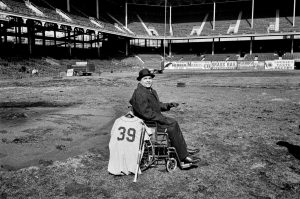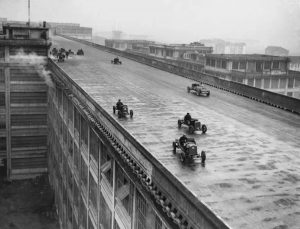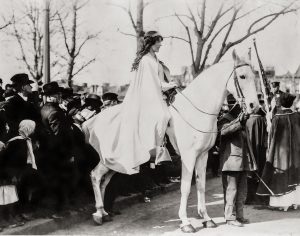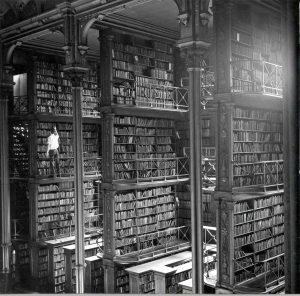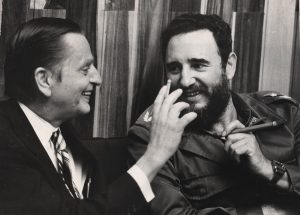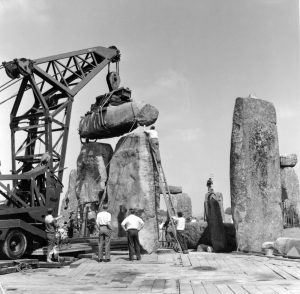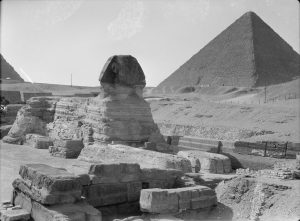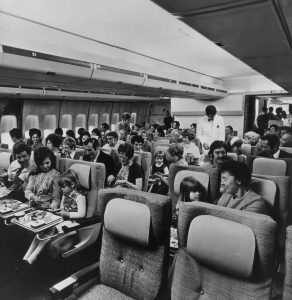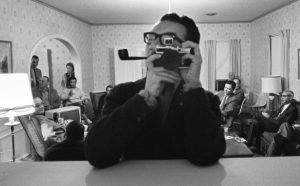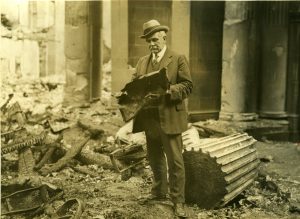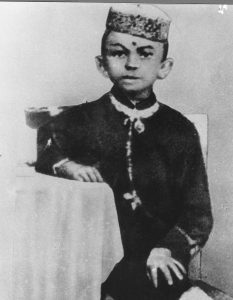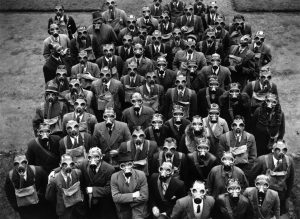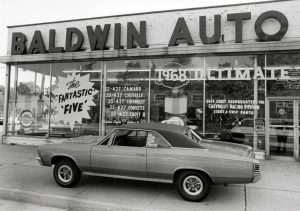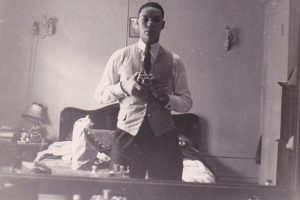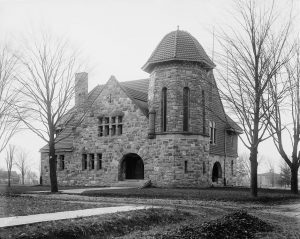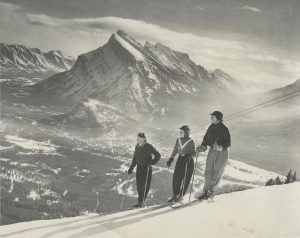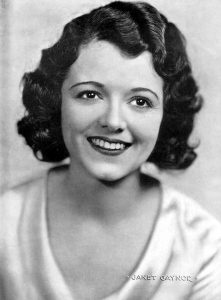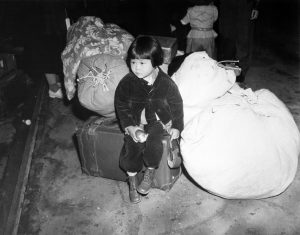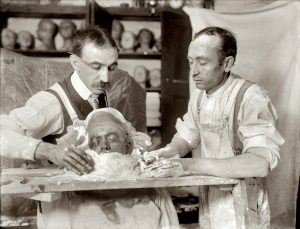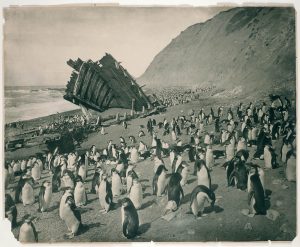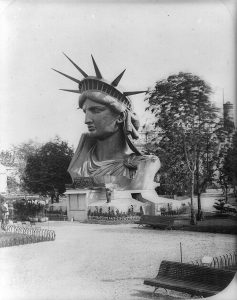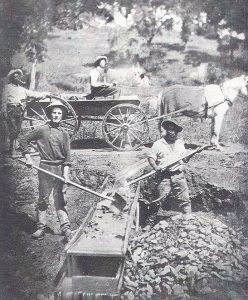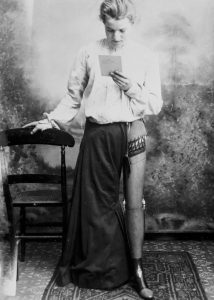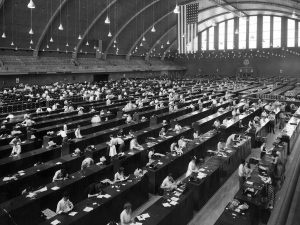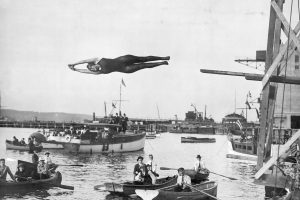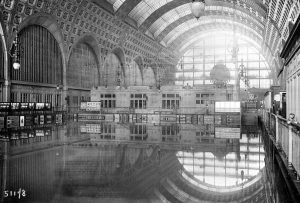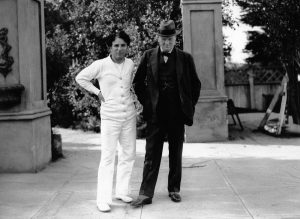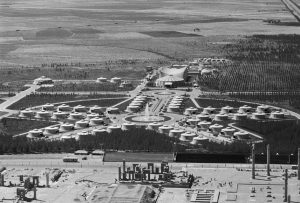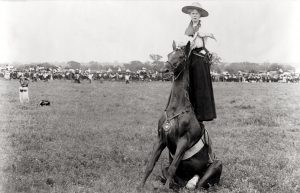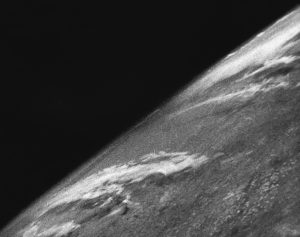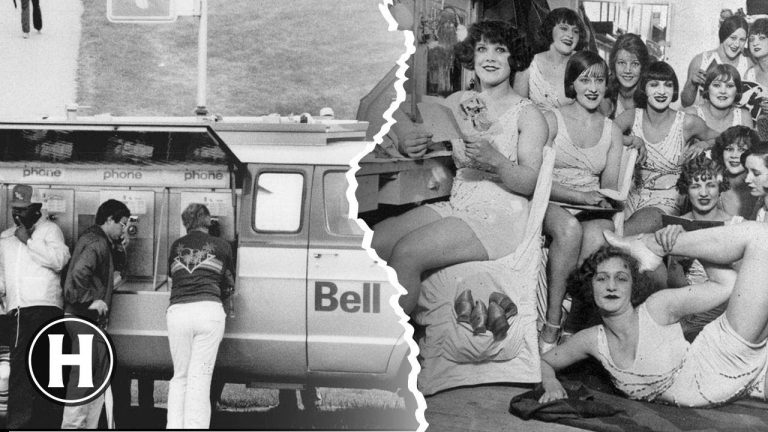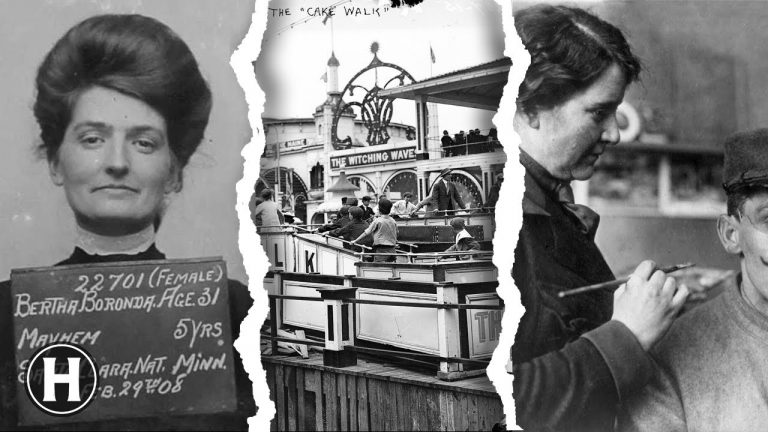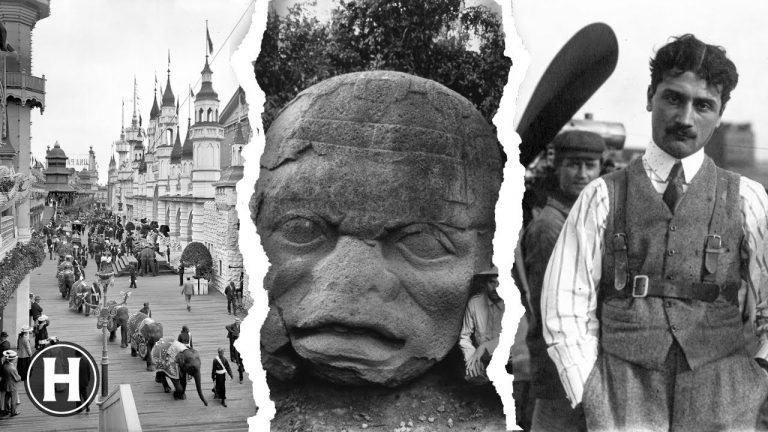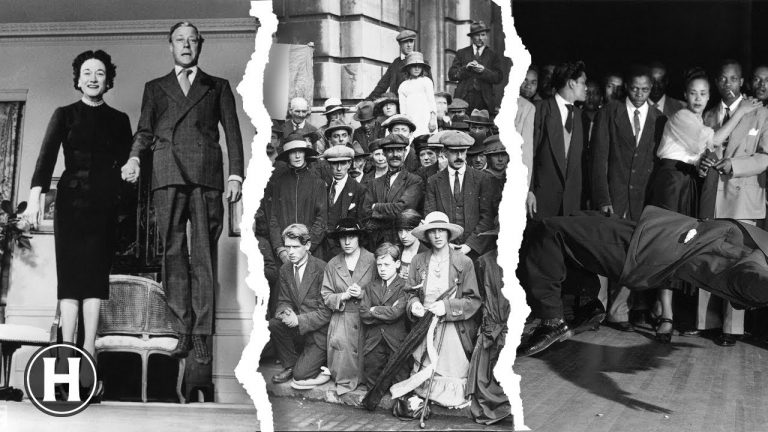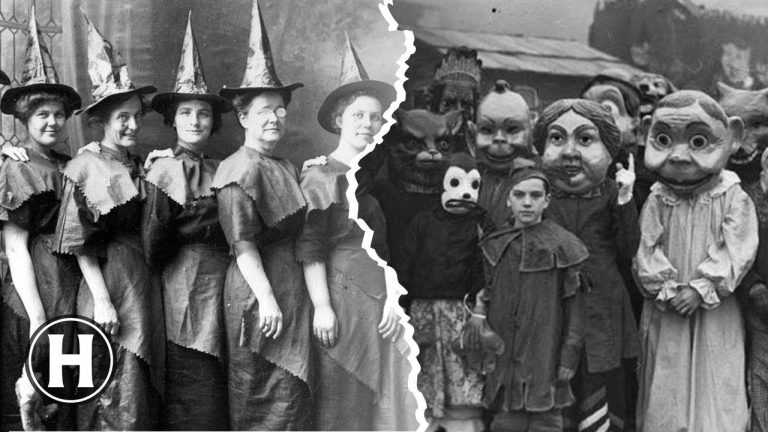Embark on a compelling visual journey through history with images ranging from pivotal moments in race and gender equality, to intriguing glimpses into factory work, ancient restorations, and revolutionary technology.
Roy Campanella: Breaking the Color Barrier (1960)
One of the great catchers in baseball history, helping break the color barrier one year after his teammate Jackie Robinson, former Brooklyn Dodger Roy Campanella sits in his wheelchair with his bat and jersey on the day Brooklyn’s Ebbets Field is to demolished, Feb. 23, 1960.
Fiat Factory Test Track (1923)
In 1923, factory workers at the Fiat Factory in Turin, Italy raced on the roof of the factory, creating an impromptu test track.
Inez Milholland, Suffrage Parade (1913)
Inez Milholland Boissevain famously led the 1913 suffrage parade in Washington, D.C. on a white horse, inspiring the crowd and becoming an icon of the movement.
Man Searching for Book in Old Main Library (1950s)
Man looking for a book in the Cincinnati cavernous Old Main Library 1950’s, the Library was demolished in 1955
Olof Palme Visits Fidel Castro (1975)
Olof Palme was the first Western leader to visit Fidel Castro in Havana, Cuba in 1975, and the two leaders had a warm and friendly meeting.
Restoring Stonehenge (1958)
Stonehenge is one of the most iconic ancient monuments in the world. In 1958, a major restoration project was undertaken to restore the stones to their original positions.
Egyptian Sphinx and Pyramids (ca. 1934)
The Great Sphinx of Giza is the oldest and largest monolithic statue in the world, dating back to around 2500 BC. The Pyramids of Giza, built around the same time, are the only surviving ancient wonders of the world.
Flying in the 1970s
In the 1970s, passengers could freely walk during light turbulence, relishing in freshly cooked meals served onboard in restaurant-like settings. Spacious bathrooms resembled those found in homes, drawing inspiration from luxurious train wagons of the 1950s.
Yoichi Okamoto Self-Portrait (1964)
The photo is significant as it is the only known photograph of a White House photographer taken by himself while on duty. It was taken at President Lyndon Johnson’s ranch.
Exploring Dublin Ruins (1922)
The Four Courts in Dublin were destroyed in 1922 during the Irish Civil War, leaving behind remnants of documents to be examined.
Young Mahatma Gandhi (1876)
Gandhi’s educational journey began at the age of nine when he enrolled in a school near his home. By the age of 11, he joined Rajkot’s High School, where he emerged as a modest student, occasionally earning prizes, but preferring the company of books over games and finding solace in school lessons.
Postal Workers Wearing Gas Masks (1937)
Postal workers wearing gas masks during a training exercise in a park in Gloucestershire, England, 1937 Credit: H. Allen/Topical Press Agency/Getty Images
1967 Chevelle SS-427 (1967)
This car was the first ever Baldwin-Motion SS-427 Chevelle, and was featured in CARS magazine ca. 1967 after being photographed at Baldwin Chevrolet in Baldwin, NY.
Colin Powell’s Teen Selfie (1950s)
Colin Powell was a four-star general and Secretary of State in the US. In the 1950s, a teenage Colin Powell took a selfie, which was a rare occurrence at the time.
Starkweather Hall, EMU (1900-1910)
Starkweather Hall was the first building constructed on the Michigan State Normal College campus, and it served as the main building for the college until 1910.
Skiiers on Mount Norquay (1948)
Norquay’s slopes have nurtured some of Canada’s finest ski racers, and its pioneering history in alpine skiing is noteworthy. Hosting various significant events, from the Dominion Ski Championships to intercollegiate competitions, and being the site of the first World Cup in 1972, Norquay has played a vital role in North American ski racing.
Janet Gaynor – First Best Actress (ca. 1931)
Janet Gaynor was the first actress to win an Academy Award for Best Actress in a Leading Role in 1931, becoming the first person to win all three major film awards (Oscar, Golden Globe, and New York Film Critics Circle).
Yuki Hayakawa’s Internment (1942)
Yuki Hayakawa was one of the thousands of Japanese Americans who were forced to leave their homes and live in internment camps during World War II. At only two years old, she was among the youngest to experience this injustice.
Making a Death Mask (1900s)
The two men making the death mask were likely part of a funeral home, as death masks were a popular way to remember the deceased in the early 20th century.
Gratitude Shipwreck (1911)
Shipwreck of the Gratitude on Macquarie Island. Photographed by Frank Hurley in 1911. During the first Australasian Antarctic Expedition in Antarctica. .
Statue of Liberty’s Head (1878)
The Statue of Liberty’s head was displayed at the Champ-de-Mars in 1878, six years before the completion of the full statue in New York.
California Gold Rush (1852)
The California Gold Rush of 1852 saw thousands of miners flock to the state in search of gold, leading to the founding of many towns and cities in the area.
James Gillingham’s Extraordinary Prostheses (1900s)
James Gillingham created some of the earliest prostheses in 1900s. His designs were incredibly advanced for the time, including features such as adjustable joints and rubber feet.
Fingerprinting at National Guard Armory (1945)
In 1945, the National Guard Armory on 92nd Street in Washington began fingerprinting all new recruits as part of their enlistment process.
Elsie Henneman Dives (1920s)
Miss Elsie Henneman took a plunge into the waters near the Hudson River Yacht Club (c. 1920s)
Gare d’Orsay Flood (1910)
The Gare d’Orsay was one of the first electrified urban railway station in the world when it opened in 1900. It was flooded in 1910, leading to the station’s closure and eventual conversion into a museum.
Winston Churchill Visits Chaplin (1929)
Churchill was touring the United States and took a detour to visit Hollywood, which was becoming a global center of film production. At the time, Chaplin was one of the biggest movie stars in the world, known for his character “The Little Tramp.”
Tent Village at Persepolis (1971)
The celebration was attended by representatives from over 60 countries and featured a recreation of the ancient palace of Persepolis, complete with a tent village for the guests.
Lucille Mullhall at Ranche (ca. 1909)
Lucille Mullhall was a rancher in Alberta, Canada in 1909. She was known as one of the first women to compete with men in roping and riding events.

